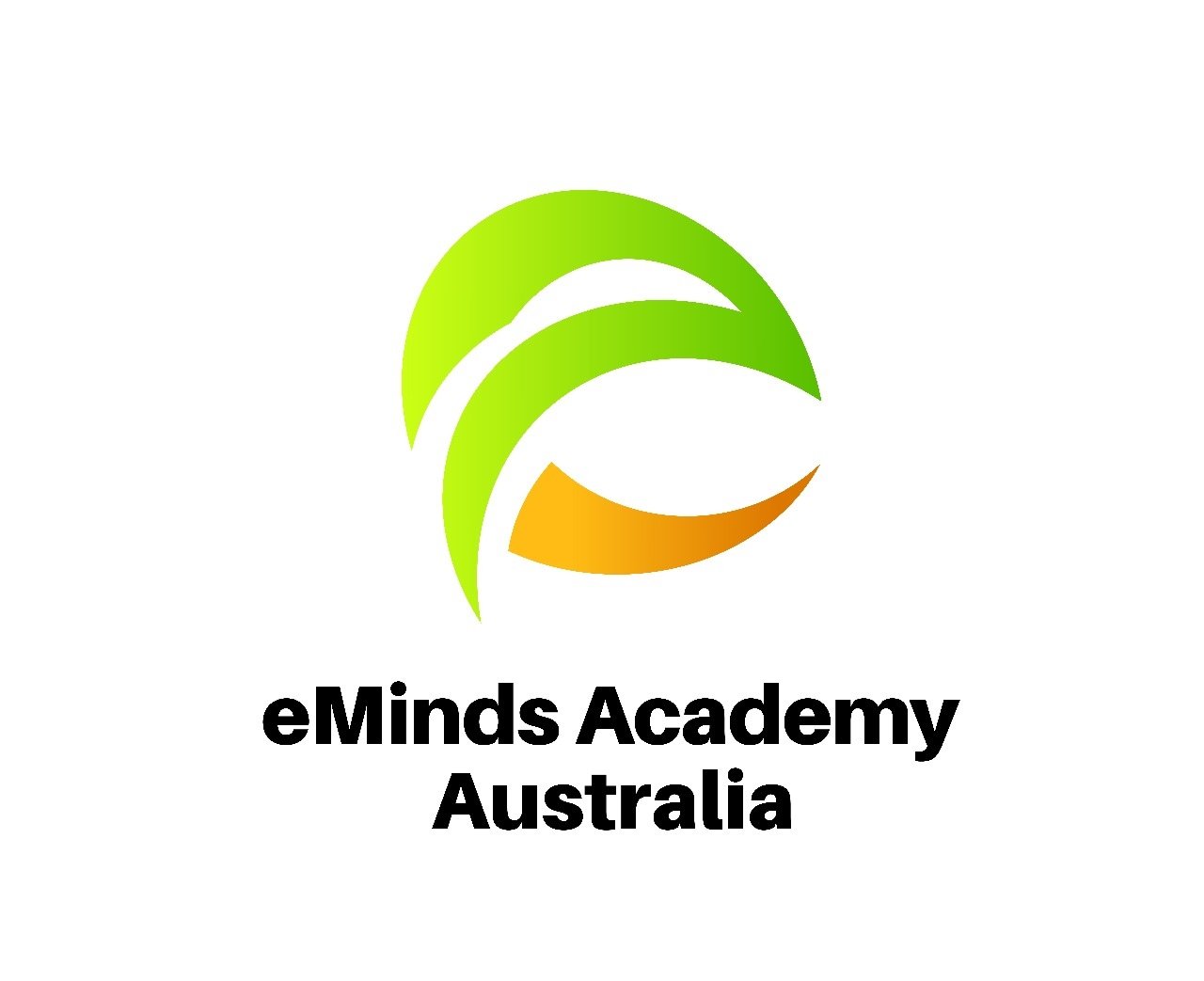- By dushan
- March 14, 2024
- No Comments
Lead Generation Strategy for Beginners
Lead generation is the process of attracting and converting potential customers. An effective strategy is essential for beginners to build a solid customer base and drive business growth. This article will guide you through setting clear goals, understanding your audience, and using various tactics to generate leads successfully.

01 What is Lead Generation?
Lead generation is the process of attracting potential customers and capturing their interest in your product or service. In simple terms, it’s about finding people who might be interested in what you offer and getting their contact information. This way, you can nurture them until they are ready to make a purchase.
Leads and customers are different. Leads are people who have shown interest but haven’t bought anything yet. Customers, on the other hand, are those who have made a purchase. Converting leads into customers is a key goal of lead generation.
Lead generation is crucial for business growth. It helps you build a pipeline of potential customers, ensuring a steady flow of new business opportunities. By focusing on lead generation, you can increase your chances of converting interested prospects into loyal customers, driving revenue and success for your business.
02 Why Beginners Need a Lead Generation Strategy
With a lead generation strategy, beginners can avoid several challenges. They might struggle to attract potential customers, leading to inconsistent business growth. Without a clear plan, it’s easy to waste time and resources on ineffective tactics. Additionally, beginners may find it hard to track their efforts and measure success, making it difficult to improve over time.
On the other hand, having a structured approach to lead generation offers numerous benefits. A clear strategy helps beginners focus their efforts on proven tactics, increasing their chances of success. It ensures that they consistently attract and nurture leads, creating a steady stream of potential customers. Moreover, a structured approach allows beginners to track their progress, identify what’s working, and make necessary adjustments. This not only saves time and resources but also boosts confidence and results in more effective lead-generation efforts.
03 Key Components of a Beginner’s Lead Generation Strategy
Identifying Your Target Audience
Identifying your target audience is essential for effective lead generation. Start by developing buyer personas. Gather data from existing customers, conduct surveys, and use social media insights to find common traits like age, job, and interests. For basic market research, analyze industry reports and competitor strategies. These steps help create accurate personas, ensuring your marketing efforts resonate with the right people and attract high-quality leads.
Creating Valuable Content
Creating valuable content is essential for successful lead generation. Quality content helps you attract and engage potential leads, establishing your brand as a trusted authority. Interactive content, such as case studies and blogs, encourages audience participation, making your brand more memorable. To start, focus on creating blog posts that address your audience’s common problems and provide solutions. These posts can drive traffic to your website and showcase your expertise.
Optimizing for Search Engines (SEO)
Optimizing for search engines (SEO) is vital for attracting free organic traffic, which often converts to leads. Organic search consumers tend to be more valuable than paid leads because they actively seek out solutions, showing genuine interest in your content. To start, focus on keyword research. Identify relevant keywords and phrases that your target audience uses when searching for information. Tools like Google Keyword Planner and Ahrefs can help with this.
Next, apply basic on-page SEO tips to your content. Use your primary keywords in titles, headers, and throughout the body text, but avoid keyword stuffing. Ensure your website is mobile-friendly and has fast loading times. Additionally, use meta descriptions and alt text for images to improve your search engine rankings. By optimizing your content for SEO, you increase its visibility in search engine results, attracting more high-quality leads who are likely to convert into customers.
Designing Simple Landing Pages and Lead Forms
User-friendly landing pages are crucial for effective lead generation. A clean, easy-to-navigate landing page keeps visitors focused and increases the chances of conversion. Use clear headlines, engaging visuals, and compelling calls-to-action (CTAs) to capture interest.
Simplifying your lead generation form is equally important. Only ask for essential information, such as name and email address, to reduce friction and encourage more sign-ups. Avoid overwhelming visitors with too many fields. By designing simple, user-friendly landing pages and forms, you create a seamless experience that boosts lead conversion rates and helps grow your customer base effectively.
Paid Advertising and Social Media Ads
Paid media campaigns are a powerful tool for lead generation. They allow you to reach a larger audience quickly and effectively. Pay-per-click (PPC) and social media ads are popular options. PPC ads, such as Google Ads, target users based on their search queries, ensuring your ads reach people actively looking for your products or services. Social media ads on platforms like Facebook and Instagram help you reach specific demographics and interests, increasing the likelihood of attracting relevant leads.
Retargeting ads add even more value to your campaigns. They target users who have previously visited your website but did not convert. By showing these visitors relevant ads as they browse other sites, you remind them of your offerings and encourage them to return. This increases the chances of conversion, making retargeting ads a cost-effective way to boost your lead generation efforts. Combining PPC, social media, and retargeting ads creates a comprehensive strategy for attracting and converting high-quality leads.
Getting Started with Email Marketing
Email marketing is a powerful tool for lead generation. Use email to nurture leads by providing valuable content and keeping your audience engaged with your brand. To get started, focus on building an email list. Offer something of value in exchange for email addresses, such as exclusive content or discounts. This encourages visitors to subscribe and become leads.
Creating your first lead magnet is a crucial step. A lead magnet is a free resource, like an ebook, checklist, or webinar, that you offer to potential leads in exchange for their contact information. Ensure your lead magnet addresses a specific problem your audience faces and provides a valuable solution. By delivering helpful content, you build trust with your audience, making them more likely to engage with your emails and eventually convert into customers. With a growing email list and valuable lead magnets, you can effectively nurture leads and drive business growth.

